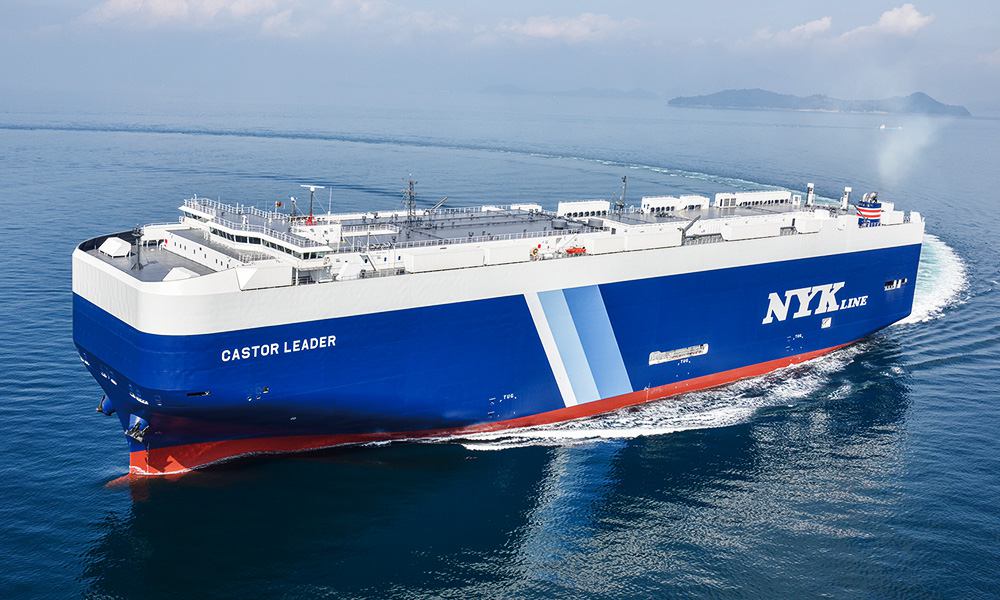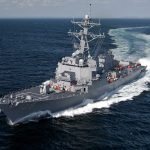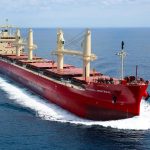We have been studying various ship types and have learnt about bulk carriers, container carriers, Reefer ships, Tankers, Cruise Ships, Dynamic Position Vessels, Barge Ships and FPSOs. Now we will proceed to take a look at a ship type which is used to carry other models of land transport.
Cars, trucks and other modes of road transport are very useful on land but sometimes when these modes of transport have to be transported to long distances, it is not a very good option to drive them all the way (Unless of course you plan some sort of a marathon or cross country race). So they can be effectively transported using ships which are specifically designed for such wheeled cargoes and such ships are known as RORO vessels or Roll On Roll Off vessels. The word “Roll” signifies that the vehicles can be easily rolled for loading or unloading of the cargo.
You will better appreciate this if you understand that in the earlier days even such cargoes were treated like dead matter and hauled up and down the ships like a lump of metal and stowed properly on board after emptying their fuel tanks and disconnecting their batteries.
Before going further into the details of RORO vessels just take a look at some pictures below which show an RORO ship ready for loading cars, the same ship loaded with cars, a Navy RORO ship carrying tanks & choppers and sketch of RORO ship
RORO Pictures




RORO Carriers
Suddenly some intelligent people thought that if the cargo already has got wheels why don’t simply use them instead of using cranes and lifts. This led to the development of specially designed RORO ships which have a ramp where these automobiles can slide on and off the ship. The ramp is opened when at port while during normal sailing it folds up and forms a part of the regular bulkhead of the vessel. You can understand this if you see the extreme left hand side picture above which shows an open ramp used for loading/unloading automobile cargo to and from the ship.
Normally these ramps are made towards the stern of the ship (backside), but they are also found on the bow side (front) as well as the sides. As you must have imagined yourself, the presence of such ramps could lead to serious water tightness related problems if it leaks and could easily lead to a disastrous situation especially when the ramp lies near the waterline of the vessel. Water ingress could lead to instability of the vessel due to free surface effect and several incidents have actually occurred in the past. The figure adjacent to this text shows the ramp of one such RORO ship in the open position and ready for loading/unloading of the vehicles.
I must clear one point here that when I mention the words roll on and roll off I do not mean to say that the vehicles cannot be started but just simply pushed or pulled to and from the ship. The vehicles could be towed but normally it is easier to start the vehicles and park them in their proper positions inside the hold.
More often than not, RORO ships are more suitable for short trips rather than long ones. The reason for this is that they have a relatively lower stowage factor hence their use in long voyages could be less economical. In the short distances their quick turn around times compensates for the low stowage factor.
RORO vessels used exclusively for transporting cars and trucks etc across oceans are known as Pure Car Carriers (PCC) and Pure Truck & Car Carriers (PCTC) as well.



Comments are closed